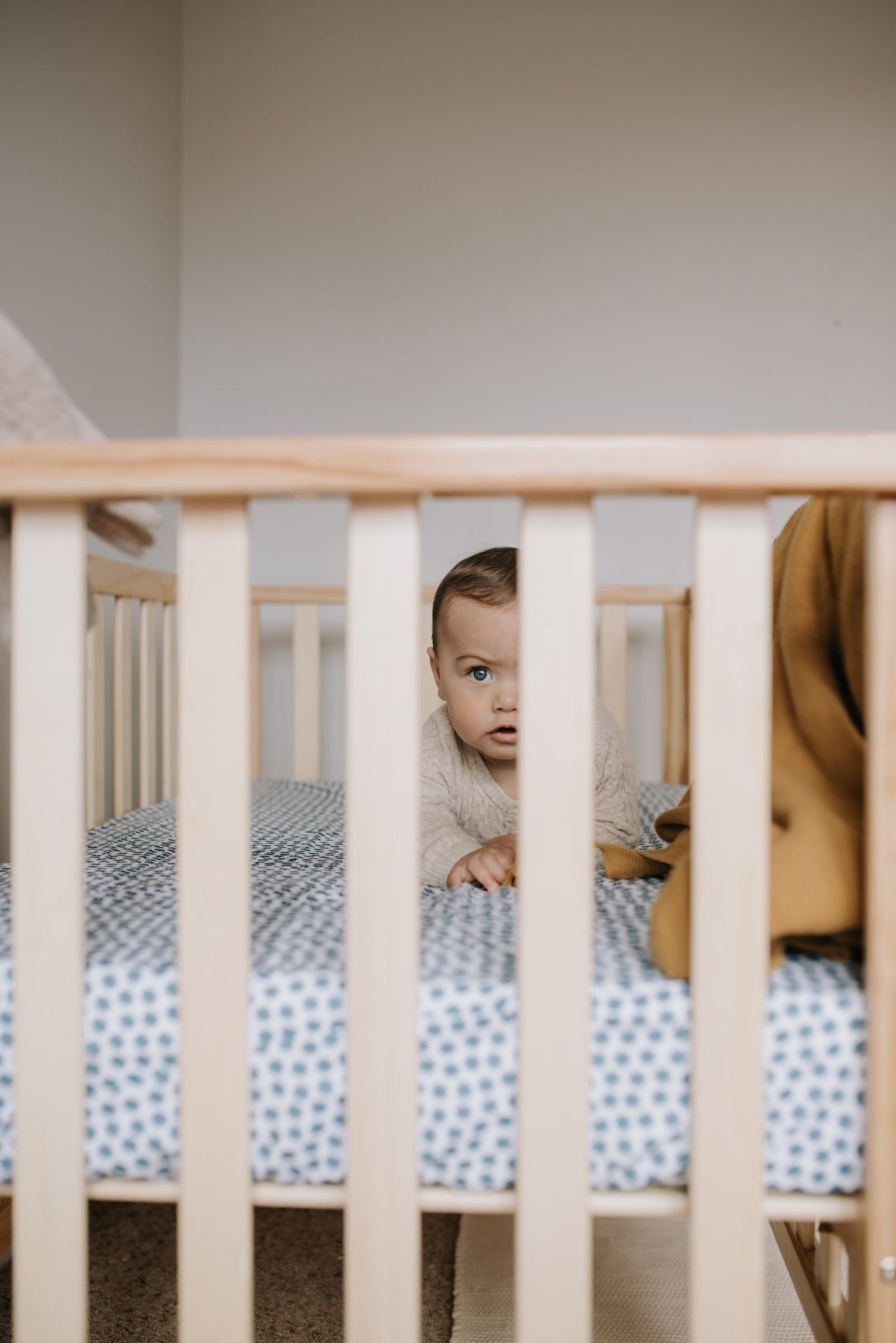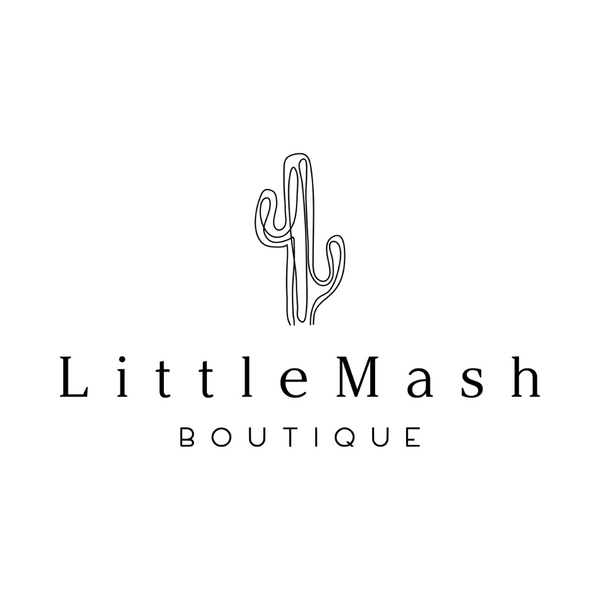Babyproofing the nursery
Share
Babies are curious creatures. A child’s natural desire to explore the world around them is a critical part of their early development, but it can also result in all sorts of accidents and injuries if they happen to stumble upon something dangerous. Keep your littles ones safe with our guide to babyproofing your nursery below.

-
Renovations. Finish all painting and wallpapering at least eight weeks before baby is expected to avoid exposing baby to any potentially harmful fumes. Lead paint still exists in many homes built before 1970, and if babies or toddlers ingest paint chips with lead, it can cause cognitive problems down the line. If you suspect your home may have lead paint contact a professional - do not attempt a DIY removal.
-
Safe Sleep. When you’re looking for a cot to buy, check it’s displaying a safety standards sticker so you know it complies with the standards. Cots sold in New Zealand must meet the requirements of safety standard AS/NZS 2172:2003. If you’re borrowing or are given a second-hand cot, it must meet the mandatory safety standard too. Your baby’s bed should have a firm mattress and no pillows - a bare cot is safest of all, which means nixing a bumper, comforter and stuffed animals too. Make sure there are no gaps between the bed frame and the mattress that your baby could become trapped or wedged in. Keep your child’s bed is away from:
- blind cords
- windows
- mobiles with long strings
- curtains
- uncovered power points
- heaters
- pets
- other children
Slide your baby’s mattress to the lowest setting when they're starting to pull up and don’t hang a mobile over their sleep space once they're at that stage (it’s too tempting to grab it).
-
Door. Install door stops and guards so they can’t slam shut on little fingers.
-
Fire Safety. Make sure your nursery has a working smoke alarm. The New Zealand Fire Service recommends installing a smoke alarm in every bedroom, hallway and living area.
-
Change Station. If you use a change table for changing your baby’s nappy, always use the safety strap and keep a hand on your baby at all times. This means you’ll need to have baby wipes and supplies where you can reach them but baby can’t. Consider laying a thick rug or carpet below the changing table.
-
Furniture. Make sure your furniture is sturdy - your child shouldn't be able to pull it over. Mount heavy furniture like bookshelves, cabinets and wardrobes to the wall. Pad sharp corners of furniture with foam or corner protectors + put child locks on cupboards and drawers.
-
Windows. Keep low furniture away from windows, and install security latches or lock windows (especially upper storey windows) so they can't be opened wide. This will stop your child from climbing out and falling. Use cordless window coverings to limit the risk of accidental entanglement or strangulation. If you're unable to replace blinds with cords, shorten or tie them up so they're far out of reach.
-
Electrical Safety. Install power point protectors/safety plugs so your child can’t push anything into unused power points. Bind power cords with tubing or cable ties. Rearranging furniture in front of electrical outlets is a great way to conceal power cords and limit access to them. If this isn’t possible, consider using cable clips to reroute your cords and keep them under control.
- Toy box. An open toy box or large basket is better than one with a lid, as crafty toddlers may climb inside and get stuck, or their fingers could be pinched in the hinges.
Of course you will also need to consider baby proofing other areas around your home. For a comprehensive guide and room by room checklist, visit the Plunket website or speak with your midwife.
Tania of LMB
